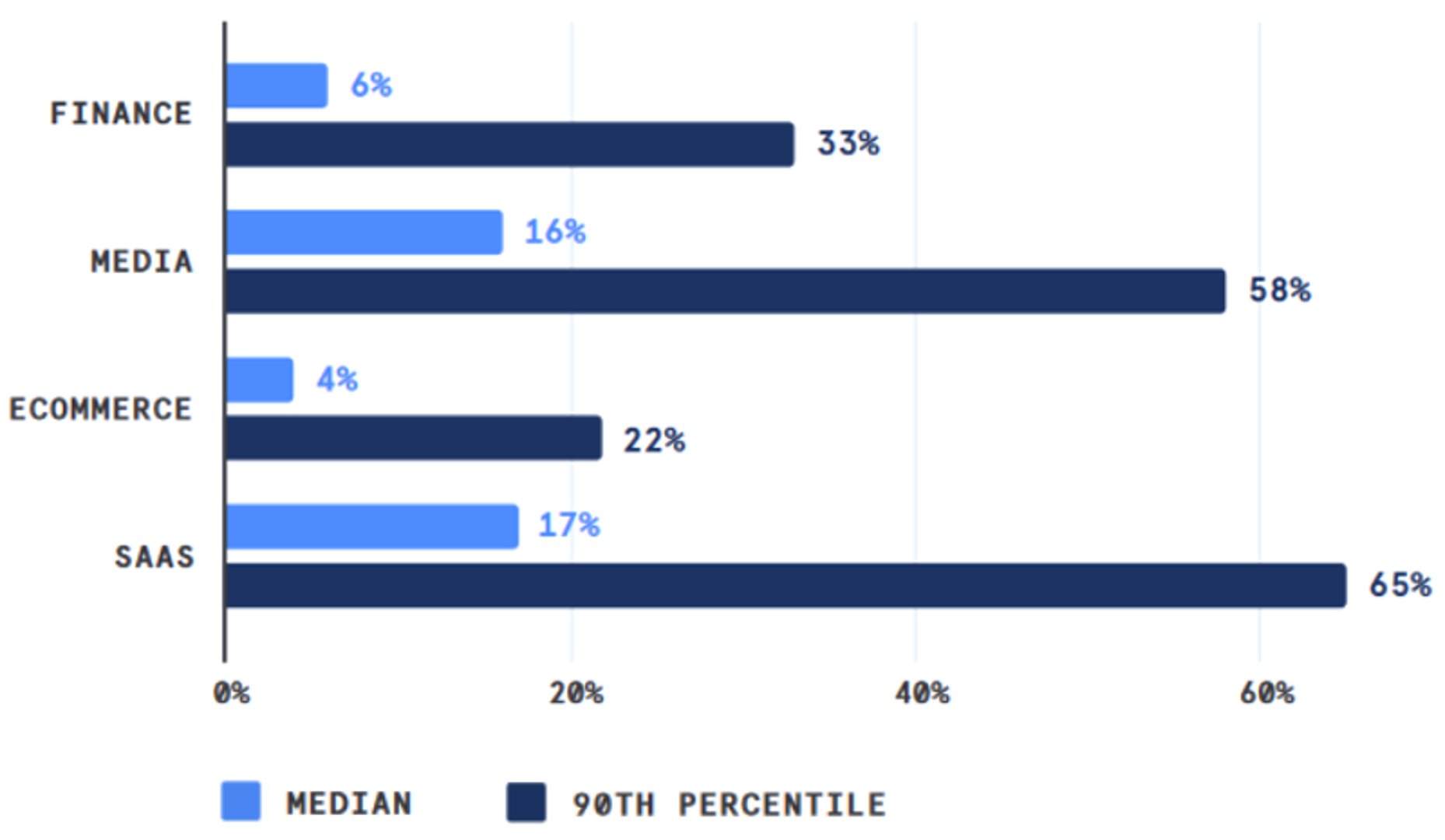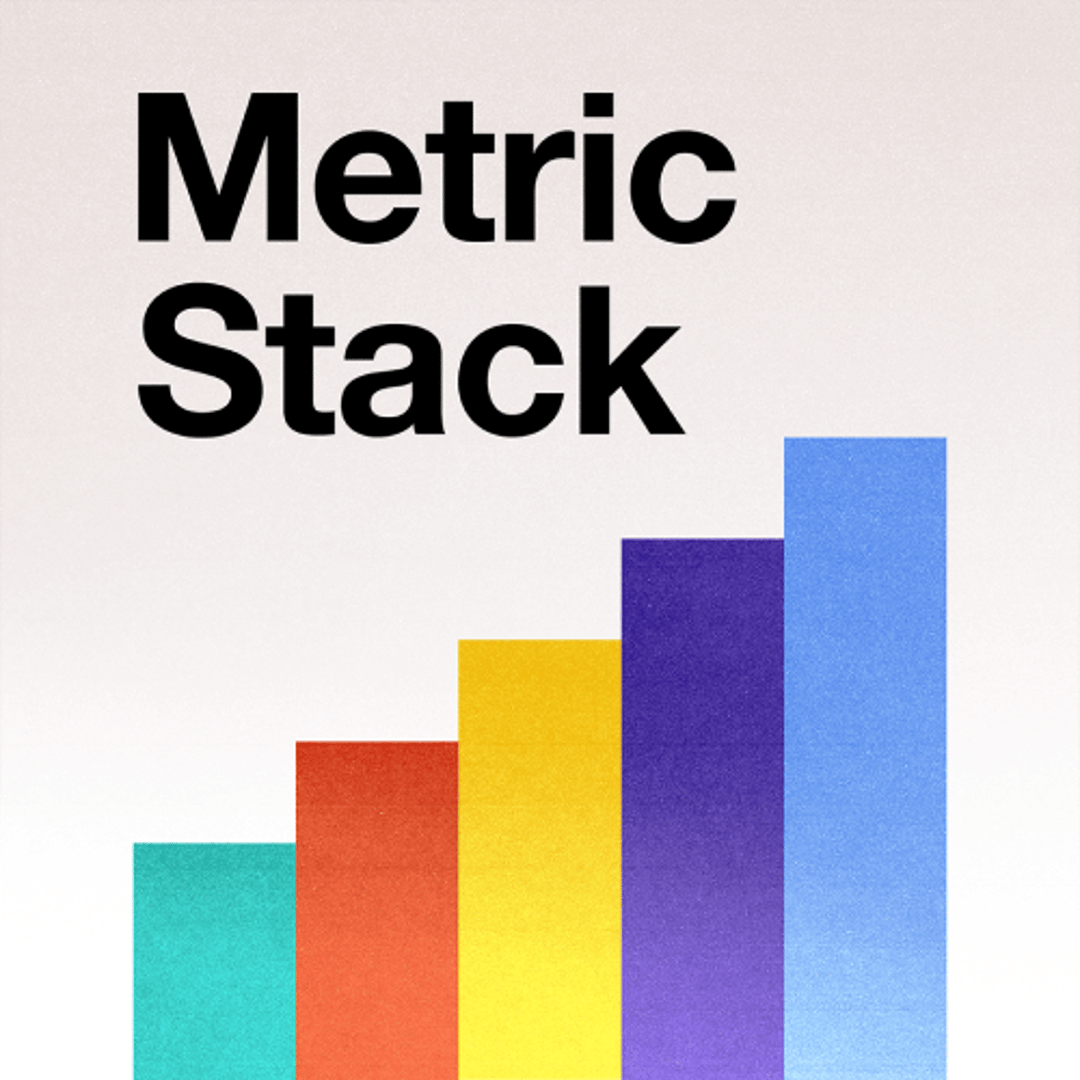Activation Rate
Last updated: Mar 17, 2025
What is Activation Rate?
Activation Rate helps companies determine how quickly and effectively their new users are achieving perceived value. It measures the number of new users that have performed a predetermined “key action” within a set period of time, where the key action is assumed or known to deliver initial customer value.
Activation Rate Formula
How to calculate Activation Rate
If out of 500 new users, 100 of them perform a key task that is known to deliver proven value in the first week, the activation rate for the week is 20%.
Start tracking your Activation Rate data
Use Klipfolio PowerMetrics, our free analytics tool, to monitor your data.
Get PowerMetrics FreeActivation Rate benchmarks
First Week User Activation Rate by Industry

How to visualize Activation Rate?
A line chart can help you optimally visualize your Activation Rate data by letting you see how this metric trends over time. You can then adjust your strategy to meet your goals.
Activation Rate visualization example
Activation Rate
Line Chart
Activation Rate
Chart
Measuring Activation RateMore about Activation Rate
Activation Rate is one of the SaaS “pirate metrics” (Acquisition, Activation, Retention, Revenue, Referral or AARRR) that help measure product success at various stages of the customer lifecycle. Activation refers to any action that the business determines to be a success factor in the customer journey, for example an ecommerce website might consider a customer making at least one purchase in two weeks an indicator that the product is useful to the user.
Activation Rate is an important metric to track because it occurs early in the customer lifecycle, therefore underperformance in this phase can be addressed with minimal damage to business. A low activation rate suggests that there might be onboarding issues or user experience issues that are preventing customers from activating. A high activation rate is a sign that the product is successful in creating value for the user quickly, and would benefit from increased marketing and acquisition efforts.
To increase Activation Rate, it is important to make the activation process simple and straight-forward, and reduce friction wherever possible.
Mobile app users generally have higher Activation Rates than desktop or mobile web users.

